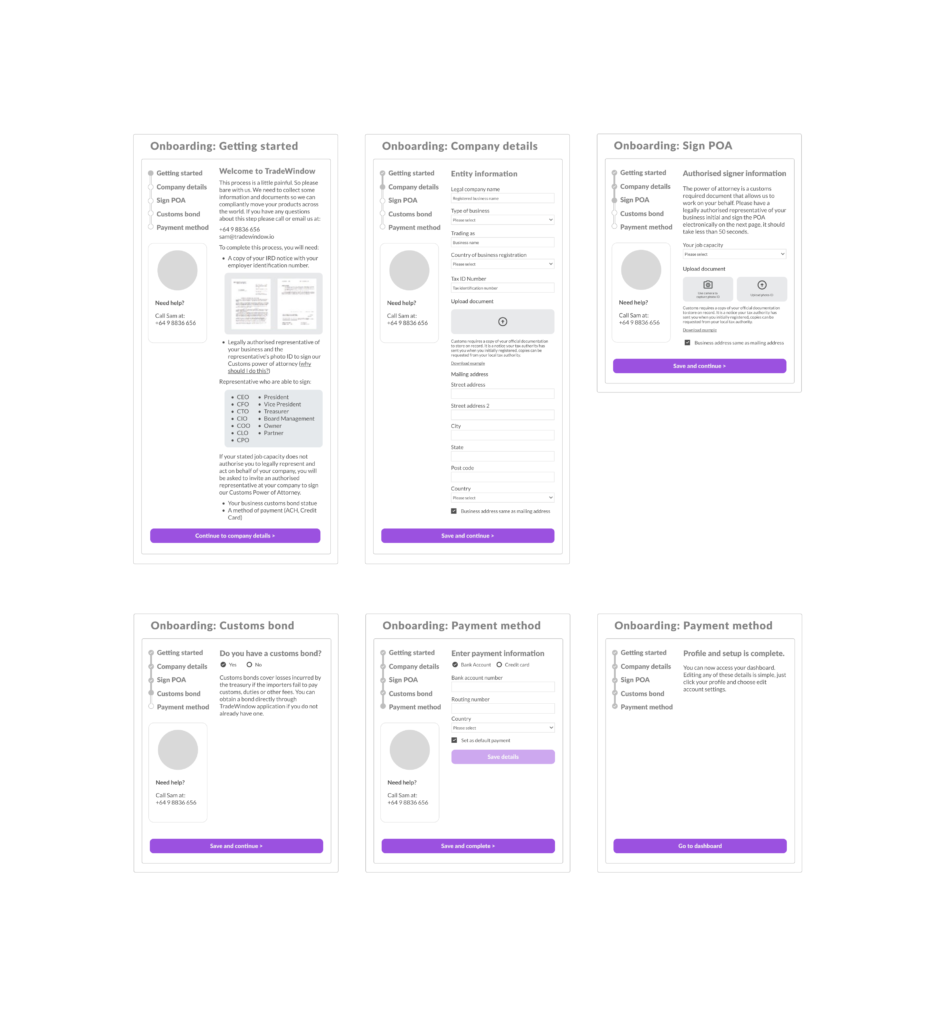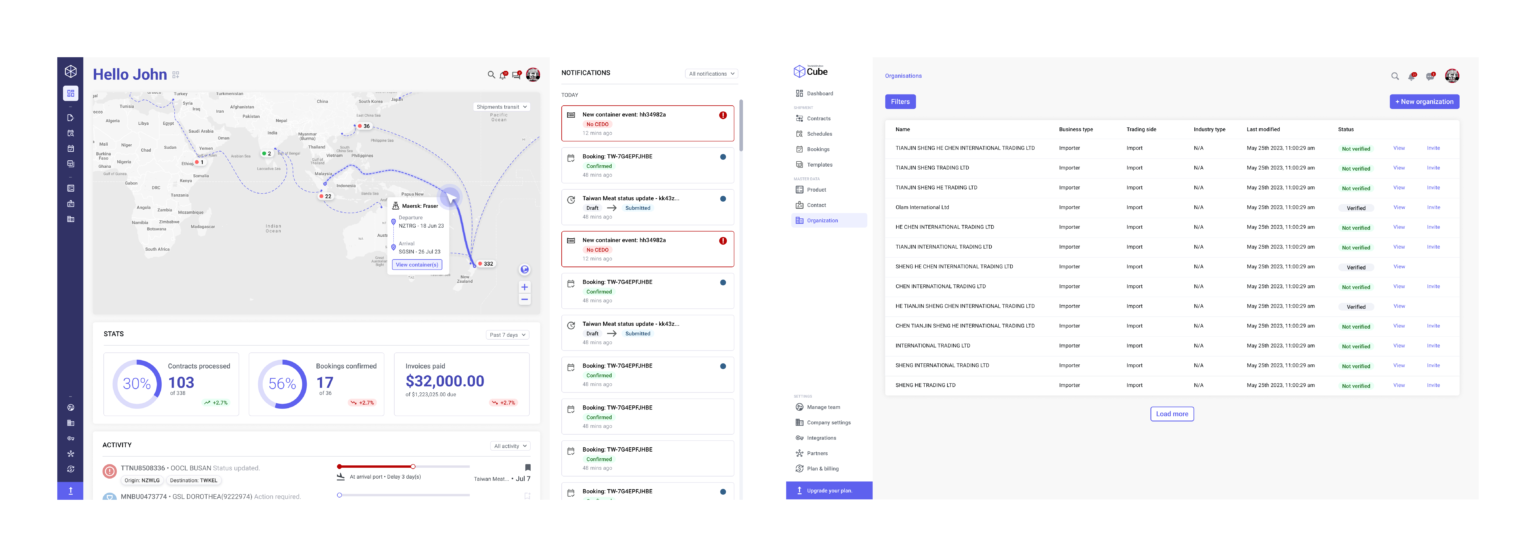Global trade logistics can be complex and cumbersome, with multiple stakeholders and processes needing to be streamlined for efficiency and compliance. TradeWindow sought to revolutionise the industry by delivering an intuitive platform that simplifies cross-border trade.
Role
As the Lead User Experience Designer at TradeWindow, I led the charge in crafting user-centric solutions that enhanced usability and improved the overall experience for users interacting with TradeWindow’s products, particularly focusing on the development of the Cube platform.
Outcome
Successfully delivered wireframes, prototypes, user stories, and personas that contributed to the foundation of TradeWindow’s Cube platform, driving innovation and ensuring the highest standards of usability across the product suite.
Project Context
TradeWindow is a leader in global trade solutions, providing a platform that simplifies and digitises complex trade processes. Cube, one of their flagship products, is a comprehensive trade management platform designed to unify various trade functions, including compliance, logistics, and document management. My work as the Lead UX Designer was instrumental in shaping Cube’s user experience, from ideation to implementation.
Challenges
- Complex User Journeys: TradeWindow Cube involves numerous user types, including exporters, importers, customs agents, and logistics providers, each with unique workflows and requirements.
- Streamlining Trade Processes: The platform needed to reduce the friction in multi-step processes such as document handling, compliance checks, and trade approvals, while making these processes intuitive for users.
- High Usability Standards: Given the critical nature of global trade, it was essential that the platform not only performed well but was also easy to use across various user groups.
Design Approach
Research & User Stories
To ensure the product addressed the real pain points of users, I worked closely with stakeholders to conduct thorough research into the trade process, involving interviews with exporters, customs agents, and compliance officers. This research was translated into detailed user stories that mapped out the needs and pain points of each user group interacting with the Cube platform.
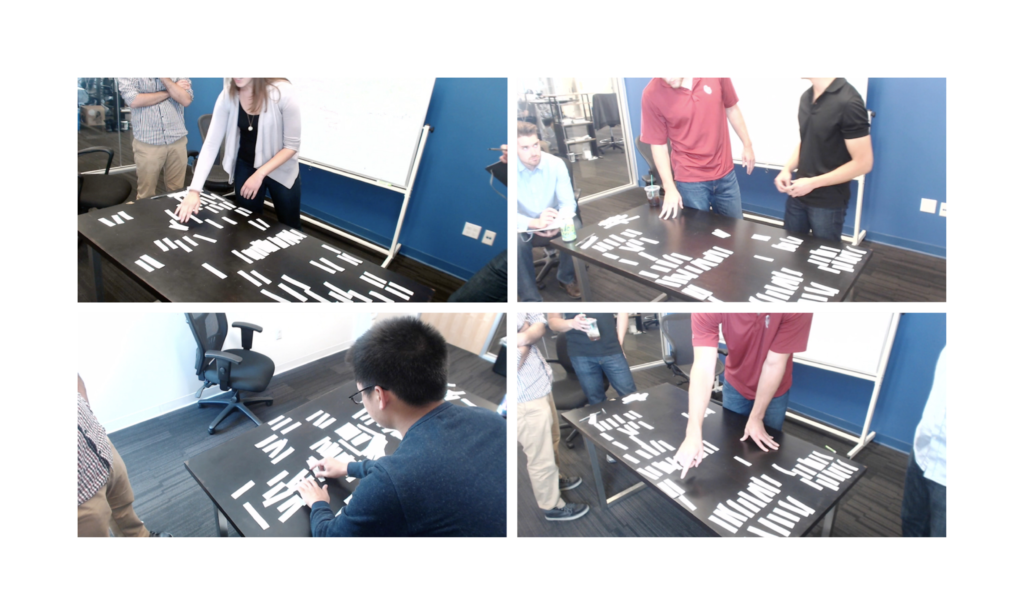
One of my most significant insights from interviewing and observing the many people comprising international logistics was that no one knows it all. Each knowledge worker has a depth of subject matter expertise and knows enough about adjacent roles to get their job done.
This insight drove the product design architecture of our system, connecting the dots between each user type. Instead of just designing for a primary user type and accommodating secondary types, each product designer builds for the intersection of a diverse chain of roles.
After we transcribed the interviews, segmented the audiences, we derived personae from the individuals that stood out as the main segments in each of the specified audiences.
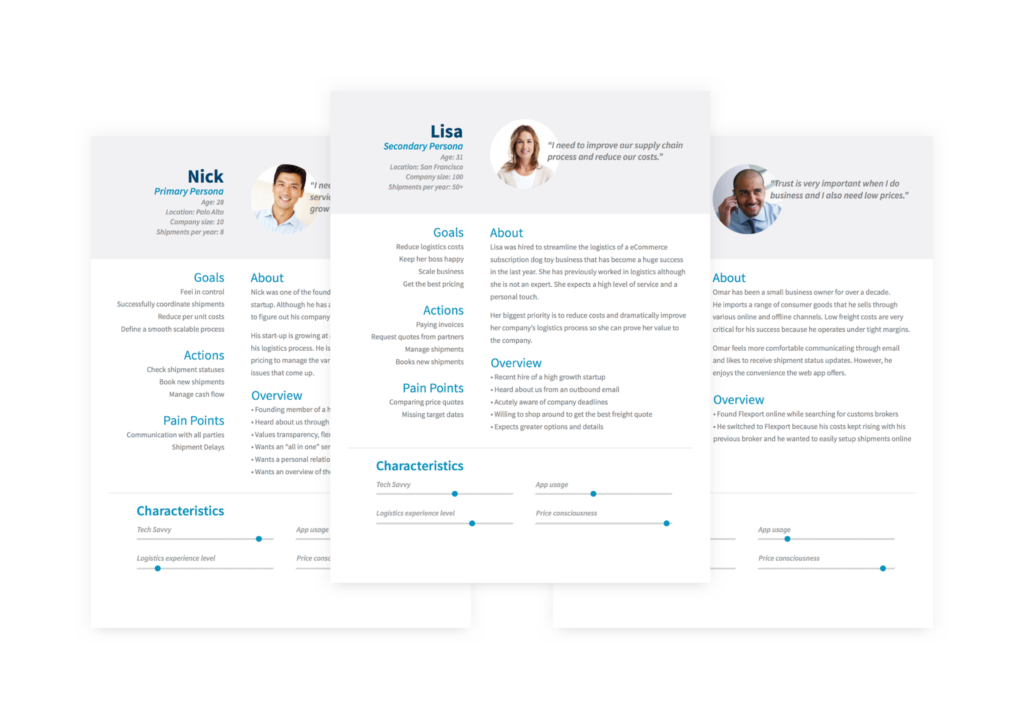
Key insights
We found that stakeholders were struggling to access a unified source of truth for trade data. TradeWindow’s goal was to provide real-time data access, reducing reliance on multiple systems and manual processes. Users emphasised the need for better traceability, improved collaboration across the trade ecosystem, and faster documentation processes.
Workflows & Wireframing
My focus was on developing a user-centred interface that simplified workflow management. I designed a dashboard that provided a clear overview of trade processes and allowed users to easily track documents, automate Certificates of Origin, and monitor compliance. The use of modular design elements enabled customisation based on the specific needs of different user groups—logistics, financial, and governance teams.
I started the project by reviewing all the known requirements with the product team. We agreed on business and user goals and began examining the common onboarding issues. I started to sketch ideas, while the product team further defined all the exceptions and unknowns.
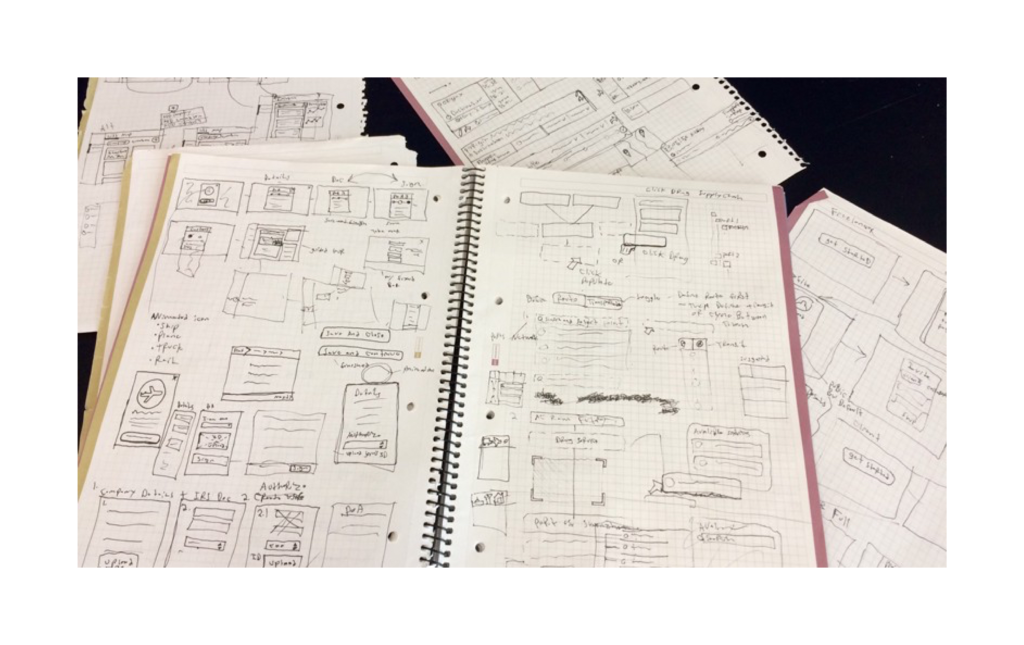
We performed task analysis and defined the conditional flow. I then created a low-fidelity prototype and began to conduct usability tests.
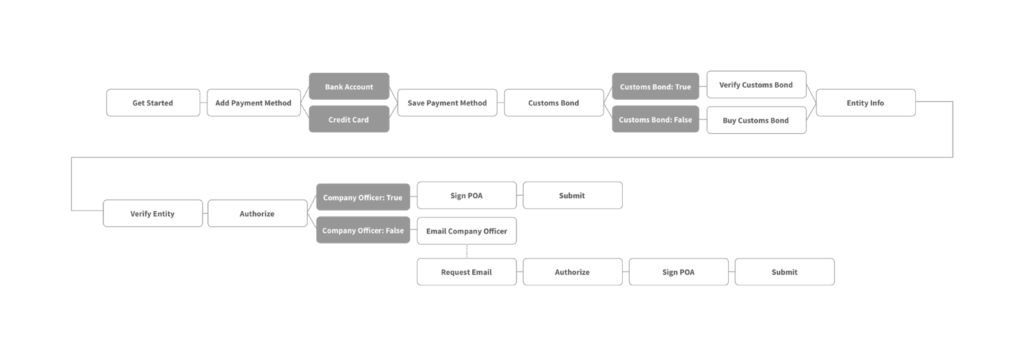
Prototyping & Testing
We developed several prototypes, focusing on optimising workflow efficiency. After iterative usability testing with target users, we introduced a single-entry system that eliminated redundant data entry, improving accuracy across the board. One key feature was automating document creation and approvals, which drastically reduced the time needed to process trade documentation—from hours to minutes. Usability tests showed that users could complete tasks 30% faster, thanks to a streamlined UI and more intuitive navigation.
I iterated the design based on insights from usability tests, as well as new requirements for exceptional cases (ex. what if the user is apart of another organisation and doesn’t have access to key documents?).
Solution
The final design of TradeWindow Cube created a seamless, integrated experience for users across the trade spectrum. By focusing on simplicity, clarity, and efficiency, the platform now allows users to manage their trade operations, from documentation to compliance, with ease.
Key Design Features:
- Unified Dashboard: A single dashboard that offers a holistic view of the trade process, allowing users to manage documentation, compliance, and logistics in one place.
- Custom Workflows: The platform offers tailored workflows for each user group, ensuring that the interface remains relevant and intuitive for different roles.
- Enhanced Document Management: A streamlined document handling feature allows users to manage trade documentation digitally, reducing errors and increasing efficiency.
Results
- Improved Usability: User feedback showed a 40% reduction in time spent on document handling and compliance tasks, thanks to the simplified workflows.
- Increased User Adoption: The platform’s intuitive design led to higher user adoption rates across diverse user groups, from exporters to customs agents.
- Streamlined Processes: Cube enabled faster, more efficient trade processes, reducing operational bottlenecks and improving compliance accuracy.


